What Is the Difference Between Primer, Foundation, And Concealer?
Knowing the difference between the three is the key to a perfect finished look.
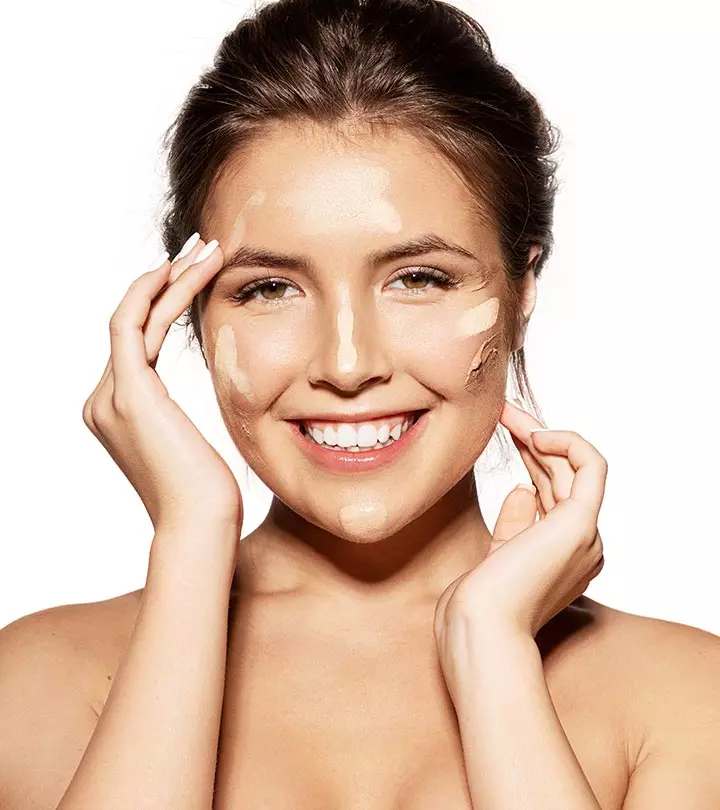
Image: Shutterstock
If you are new to the world of makeup and looking for a take-off point, the right place to start will be to understand the difference between beauty products like primer, foundation, and concealer. Yes, there is plenty to explore in the makeup game, and, as a newbie, you are excited to know it all as soon as possible. But, starting from the initial steps of makeup is your best bet. Build your base and go on from there to delve into the multitude of products, makeup techniques, beauty tips, looks, and more. Check out this article for all you need to know about the holy trinity of makeup: primer, foundation, and concealer. Scroll down!
 Keep In Mind
Keep In Mind- Technique: A primer is used to create a smooth base for makeup products. A foundation is used to even out the skin tone and provide coverage. Use a concealer to cover blemishes, dark circles, and other imperfections.
- Skin Type: Choose hydrating products for dry skin. Opt for oil-free products for oily skin. Use a blend of both these products for combination skin.
- Skin Tone: Match your foundation and concealer to your skin tone, to create a flawless, natural-looking complexion. Cool skin tones have pink or blue undertones. Warm skin tones have yellow or golden undertones. Neutral skin tones have a mix of both warm and cool undertones.
- Coverage: If you prefer a more natural-looking finish, use only a primer and concealer.. You can spot-conceal areas that need more coverage and skip foundation. For more coverage and a polished look, use all three products to achieve a flawless complexion.
In This Article
Primer – The Best Beauty Prep

When applying makeup, what goes on first? Want your makeup to last longer and look 3x times better? Use a primer. But what is a primer? A primer creates a smooth base for your foundation and other face makeup. This often-neglected essential can blur pores, smoothen fine lines, correct discoloration, and magically set your makeup in place for hours. To achieve the best results, knowing how to apply primer properly is crucial. The correct way is to start with clean, moisturized skin. Dispense a small amount of primer onto your fingertips or a makeup sponge. Gently smooth it over your face, focusing on areas where you need longer wear or smoother texture, such as the T-zone, and on areas with visible pores. Let the primer sit for a minute to set. This step enhances longevity and minimizes the appearance of pores and fine lines.
One primer we absolutely recommend is the Porefessional Primer from Benefit. It’s silky, lightweight formula is oil-free, translucent, and complements all skin tones.
- Serum Vs. Primer
Both, serums and primers, serve distinct purposes – serum for nourishment and treatment and primer for a polished look. A serum provides targeted skincare benefits; it penetrates deep, addressing specific concerns like fine lines or dark spots. A primer, on the other hand, creates a smooth canvas for your makeup, blurring imperfections and ensuring a flawless finish.
Clearly, a serum and primer are not interchangeable and serve very different purposes. While serums provide your skin with hydration, glow, and long-term enhancement from the inside, a primer helps you with your immediate cosmetic needs for a flawless makeup look. You may use a serum, followed by a moisturizer and sunscreen before applying a primer for any makeup look.
 Trivia
Trivia[ Read: Top 15 Makeup (Foundation) Primers And Their Reviews ]
Key Takeaways
- A primer, foundation, and concealer are not the same makeup products.
- A primer is a base for the other makeup products you apply to your face.
- Foundation, similar to your skin tone, is applied over primer.
- A concealer is used to cover blemishes, discolorations, spots, and more.
Foundation – The Second Skin
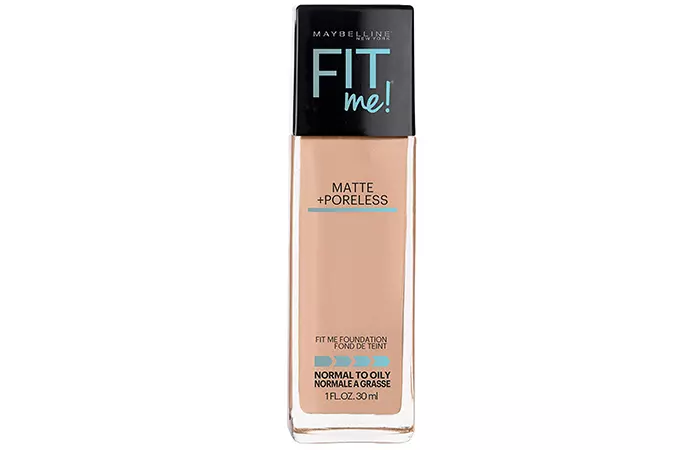
Are you unsure whether to apply concealer or foundation first? Applying foundation is the second step in a typical makeup routine. The right foundation formula can help cover imperfections, even out skin tone, and give your skin the desired finish, like dewy, matte, satin, or natural. It can also help other makeup products – such as blush, highlighter, and concealer – go on much more smoothly.
Christine, a beauty blogger, shares her makeup application method for a flawless base. “I have quite the dark circles around my eye area. After I prime, I apply my foundation with a sponge. I use a light coverage foundation as opposed to a full coverage product as you can always cover blemishes with concealer (i),” she observes.
To avoid the dreaded “cakey” look, apply your foundation using a damp beauty sponge. It absorbs products, allowing you to add the ideal amount of foundation to your skin gradually. It is also important to not add too many layers of foundation to avoid looking “cakey.”
There is a wide variety of foundations available in different shades, coverages, and compositions. The three main categories include liquid, cream, and powder foundations. If you are a beginner, we recommend trying Maybelline’s Fit Me Foundation. It comes in both matte and dewy finishes in over 45 shades for a diverse range of skin tones.
 Fun Fact
Fun FactAncient Greek women from 200 BC were known to use chalk and white lead powder as a foundation.
[ Read: 10 Of The Best Foundations For Combination Skin ]
Concealer – A Magical Quick-Fix
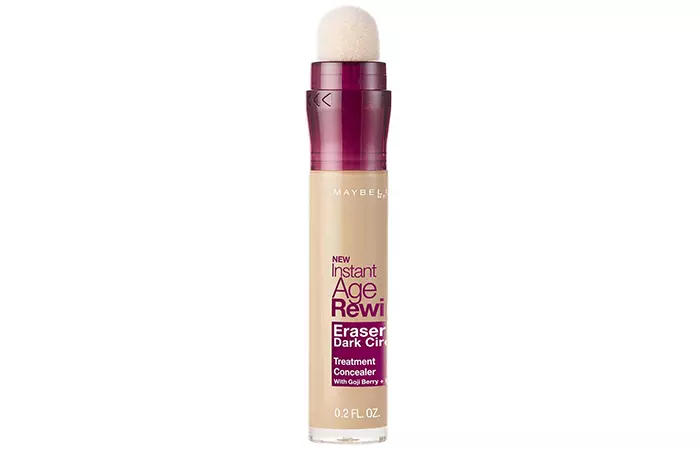
Once you have your primer and foundation on, your skin can look quite amazing. However, nobody’s perfect, and we all have days where our skin refuses to cooperate with us. From angry zits to redness and dark circles to spots, concealer comes in handy to fix all your skin issues instantly.
Start by choosing a concealer shade that matches your skin tone or is slightly lighter for brightening under the eyes. Dab a small amount of concealer onto areas needing coverage, like under-eye circles, blemishes, or redness around the nose. Use a brush, sponge, or your fingertip to gently blend the edges into your skin or foundation in a tapping motion. For under-eye areas, consider setting with a light dusting of translucent powder to prevent creasing.
No matter what your skin type, it is a good idea to have two concealers on hand – one to cover spots, and one to cover dark under-eye circles. If you do not know how to choose concealer shades that suit you, we recommend learning a bit about skin types and undertones. This will give you an idea of the type of formula and concealer tone to use. For instance, liquid formulas suit dry skin while matte formulas flatter oily skin. Further, avoid a washed out or burnt look by picking mindfully between warm, cool, and neutral concealer shades.
Note: You can apply concealer before foundation in order to cover ‘problem spots’ to reduce the amount of foundation you use in the end and create a more natural look.
 Did You Know?
Did You Know?[ Read: Best Liquid Concealers Available In India – Our Top 10 ]
Check out the difference between foundation and concealer, concealer vs foundation.
Concealer vs Foundation vs Primer
| Primer | Foundation | Concealer | |
|---|---|---|---|
| What is it? | The base that allows all your other makeup to go on smoothly by creating an extra layer between your skin and the makeup. | Closely resembles your skin color and is applied over a primer. | A kind of color corrector that helps brighten your skin and hide imperfections. |
| Use | It helps makeup last longer while keeping oil and shine at bay. | It evens out your complexion while hiding blemishes and redness. | Masks dark circles, large pores, age spots, and blemishes |
| Types Available | Cream, gel, and powder | Liquid, stick, cream, and mousse | Liquid, balm, cream, and stick |
| Makeup Step | Step #1 | Step #2 | Step #3 |
Infographic: Primer Vs. Foundation Vs. Concealer: What’s The Difference?
Applying makeup can be a difficult task. If you are just starting out, you might be wondering what the difference is between primers, foundations, and concealers. It turns out that these three items have diverse purposes and should be employed at varying stages while applying makeup. We take you through them in the infographic below to help you identify these nuances. Take a look!

Illustration: StyleCraze Design Team
A primer forms the base, a foundation forms your second skin, and a concealer magically makes your spots, blemishes, and other inconsistencies disappear. We hope the basic difference between primer, foundation, and concealer is clear. These different makeup products, explained above in detail, are important cosmetics you should add to your beauty routine. While we have recommended some brands for your reference, you should find products that suit your skin type. These are must-have items in your beginner makeup box. If you can master these basic layers of makeup, you will almost be at an expert level. So, get yourself these items and start practicing.
Frequently Asked Questions
Can I use concealer without applying primer?
Yes, you can. However, if you wish to conceal stubborn spots, using a primer will help the rest of your makeup stick to your face better and last throughout the day.
Can I use concealer without foundation?
Yes. If you want a minimal look, you can skip the foundation and use concealer for a light, fresh-looking complexion.
Can I use moisturizer instead of primer?
No. A moisturizer has a different function from a primer and won’t give the same effect and results. However, both are crucial steps in makeup application. You need a moisturizer to hydrate the skin and a primer for better and longer coverage.
Can I mix my primer and foundation?
Yes. You may mix your primer and foundation to prepare a thin base for your makeup. This will help you achieve a lighter and more natural look.
Is primer better than CC cream?
No. Both are different products and have different purposes. A complexion corrector cream is tinted and can hide skin discoloration. Primers usually don’t have pigments and are meant to fill pores and let the makeup stay for long. However, you can skip primers when using cc creams.
Is primer good for oily skin?
Yes. A primer can control the excess oil and keep the oily sheen off your face when applying makeup.
Watch this video to learn the difference between primer, foundation, and concealer and how to use them for the perfect makeup look!
Personal Experience: Source
StyleCraze's articles are interwoven with authentic personal narratives that provide depth and resonance to our content. Below are the sources of the personal accounts referenced in this article.
i. Foundation, Concealer & Contouringhttps://stinabam.wordpress.com/2012/10/19/foundation-concealer-contouring/
Read full bio of Favour Akinjiyan
Read full bio of Esha Saxena
Read full bio of Asmita De
Read full bio of Vaishali Sinha







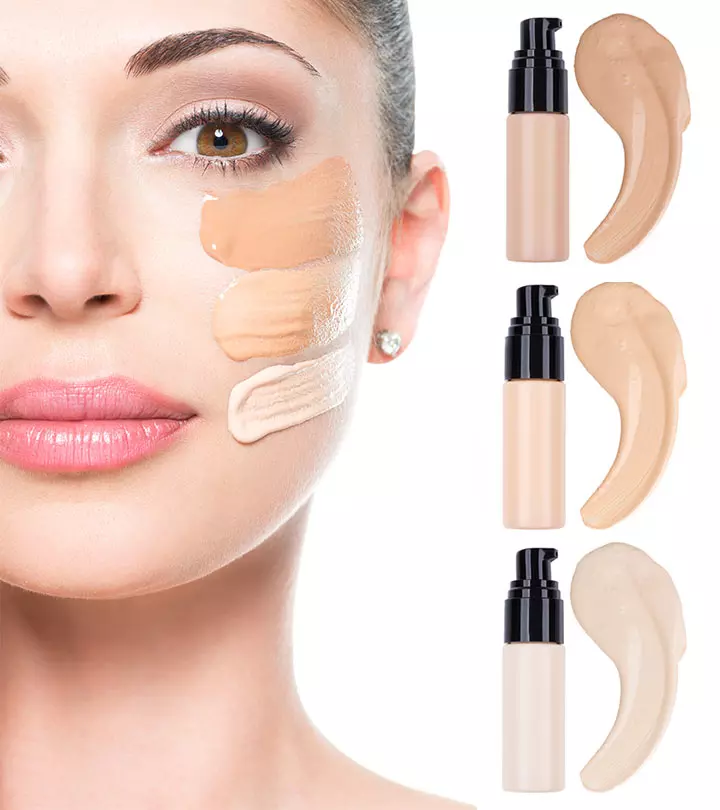
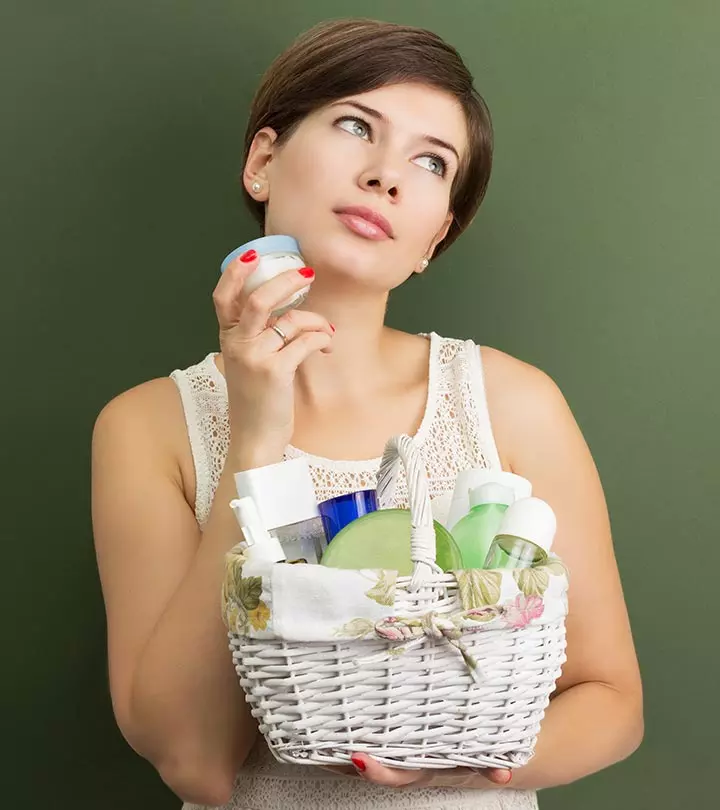
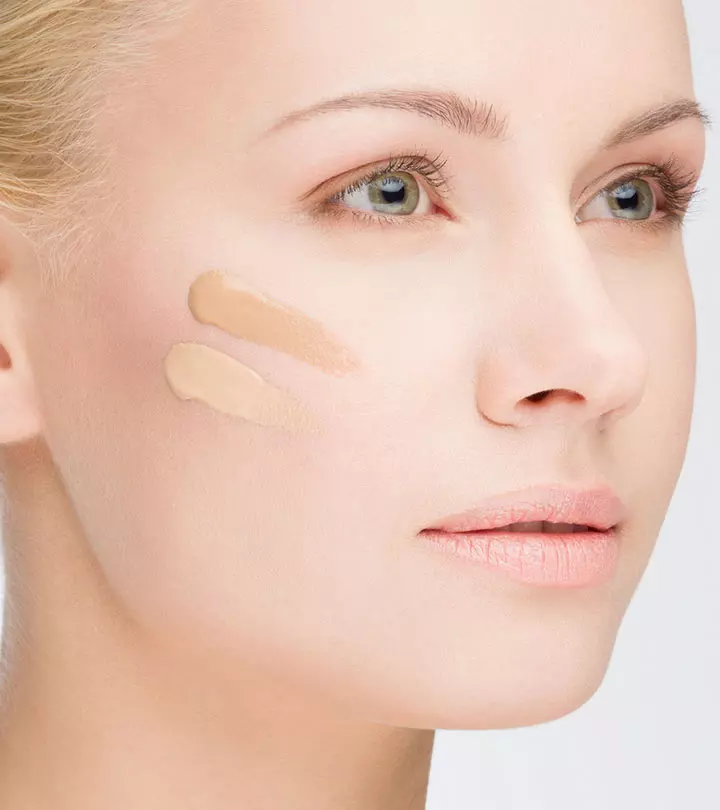
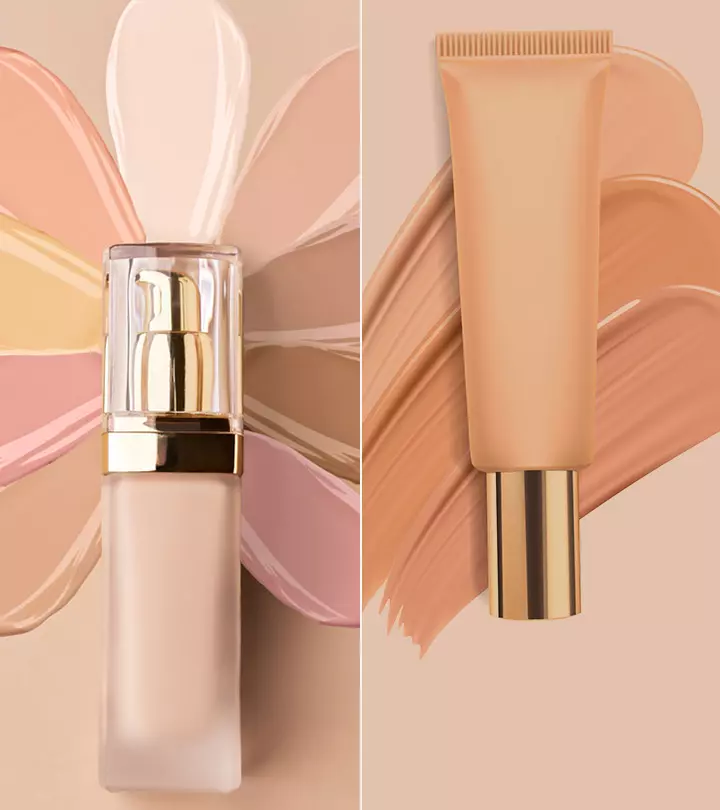
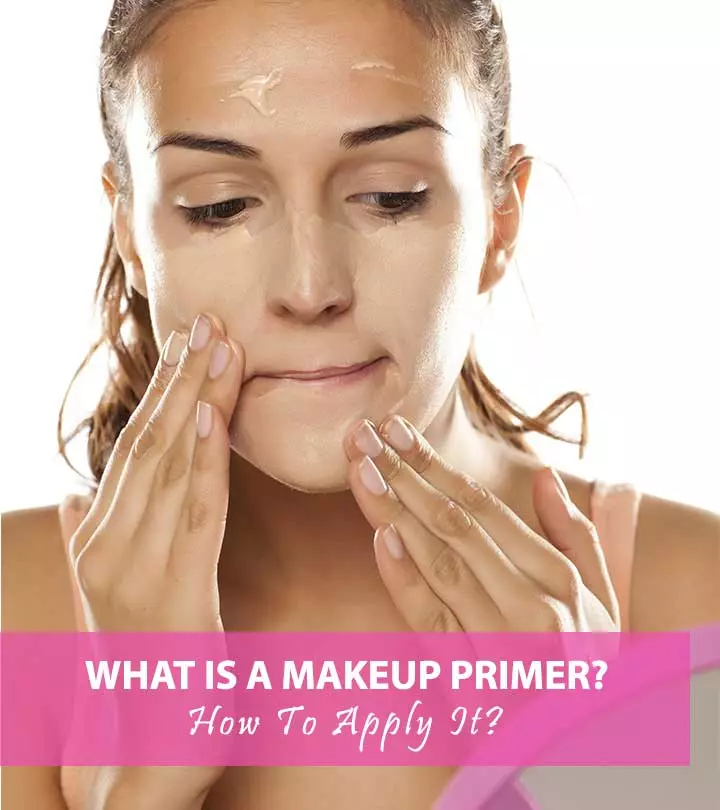
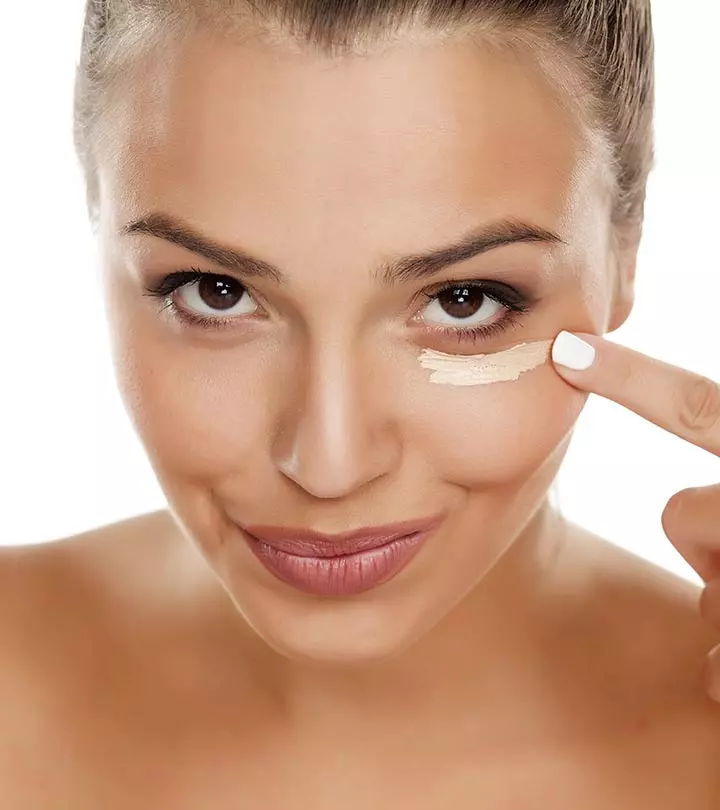
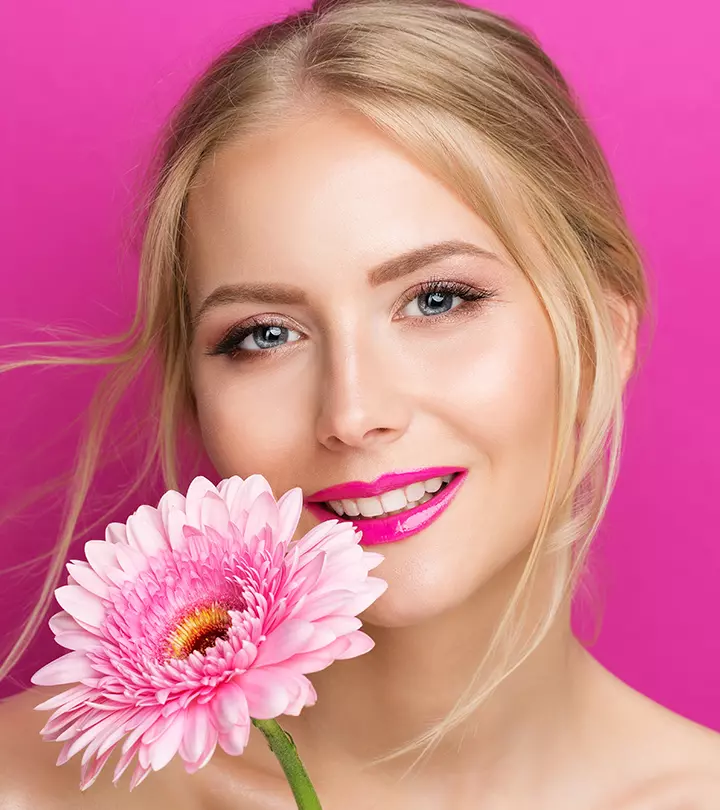
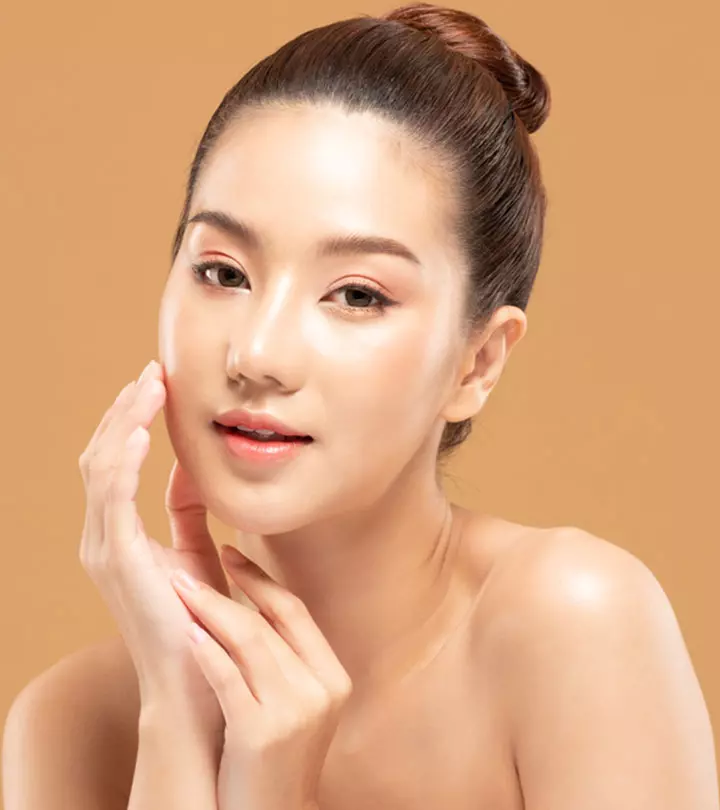
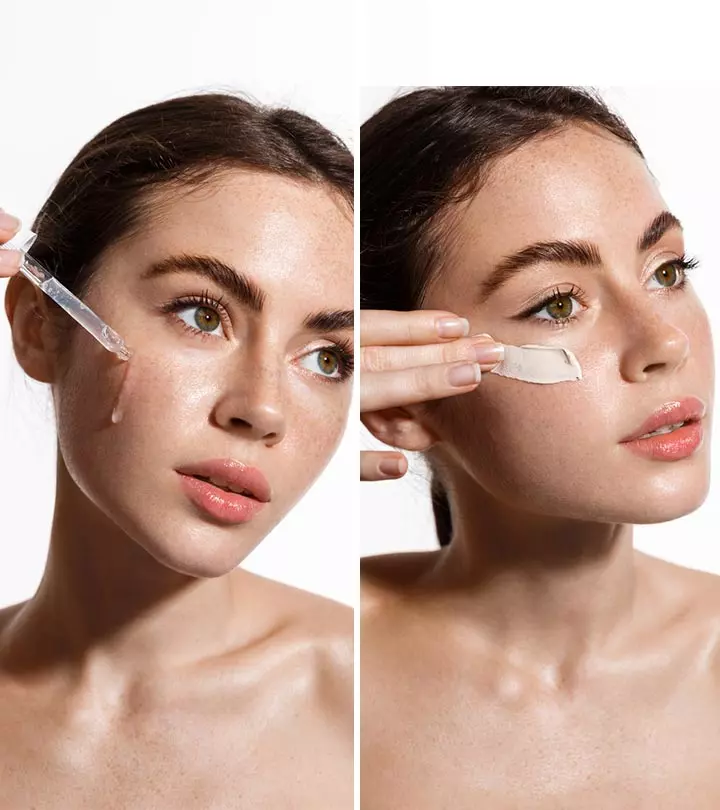
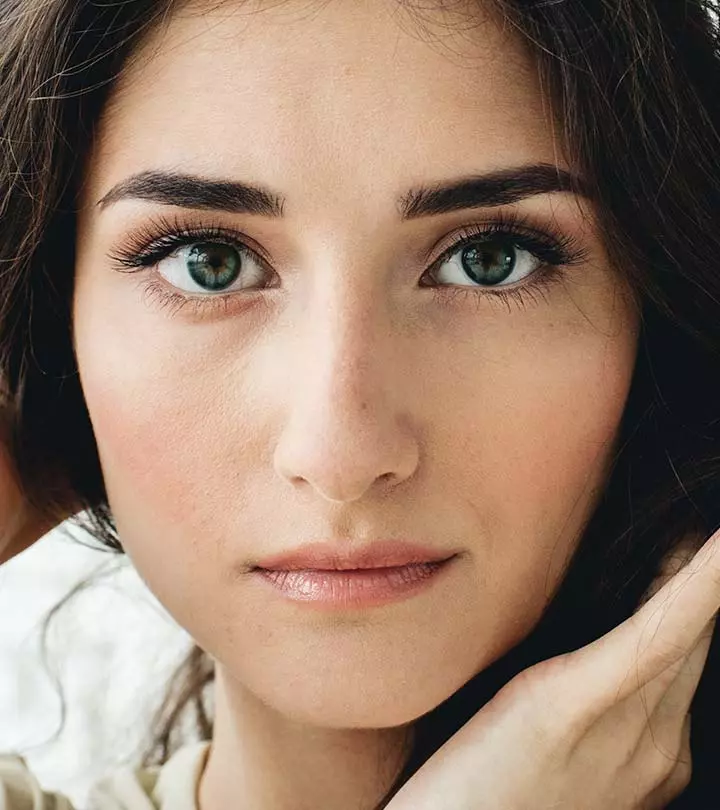

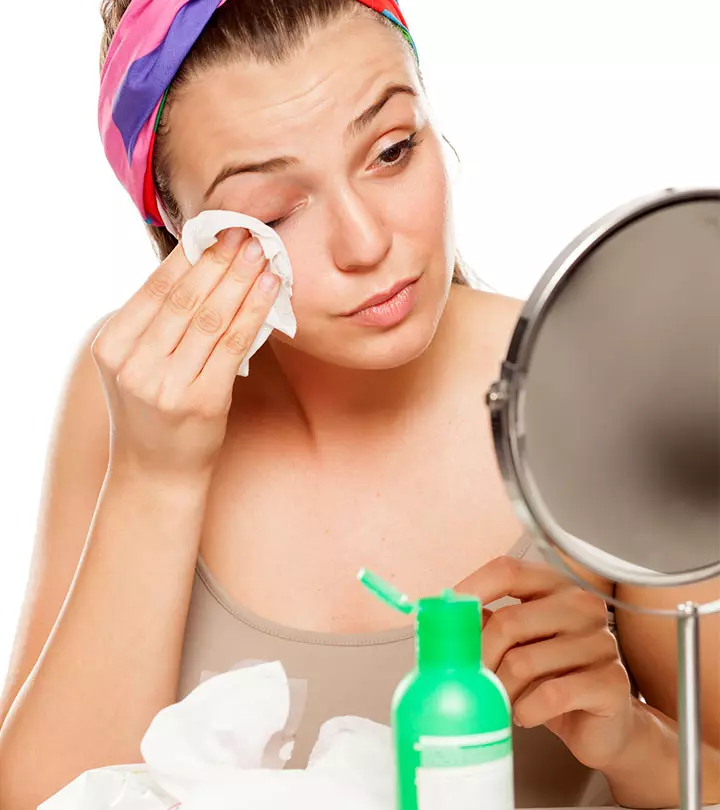


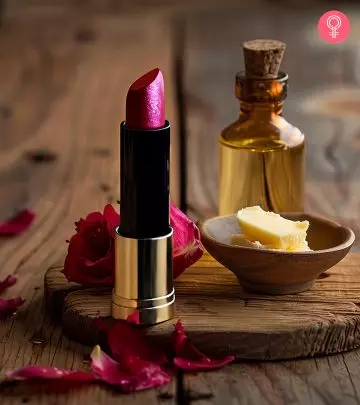
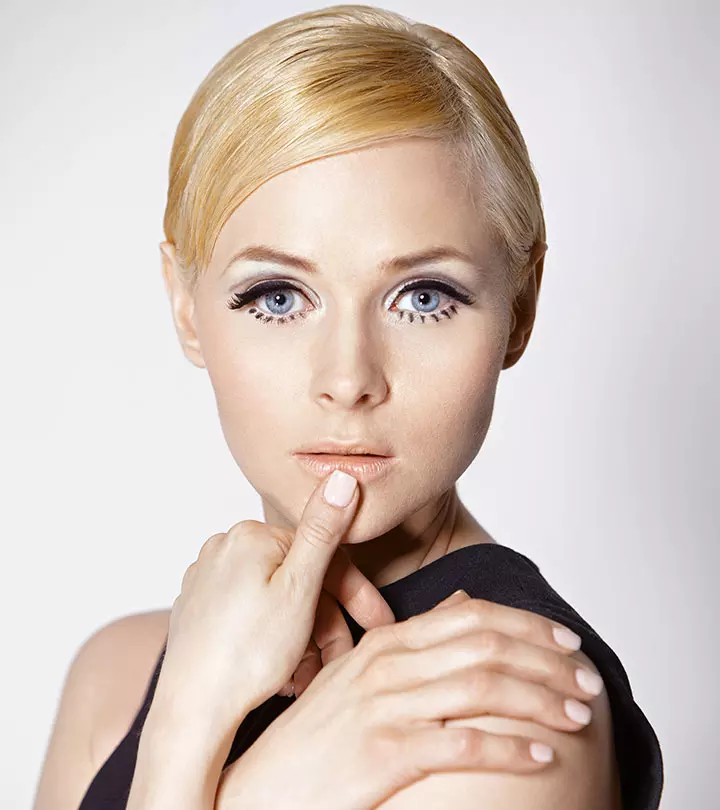

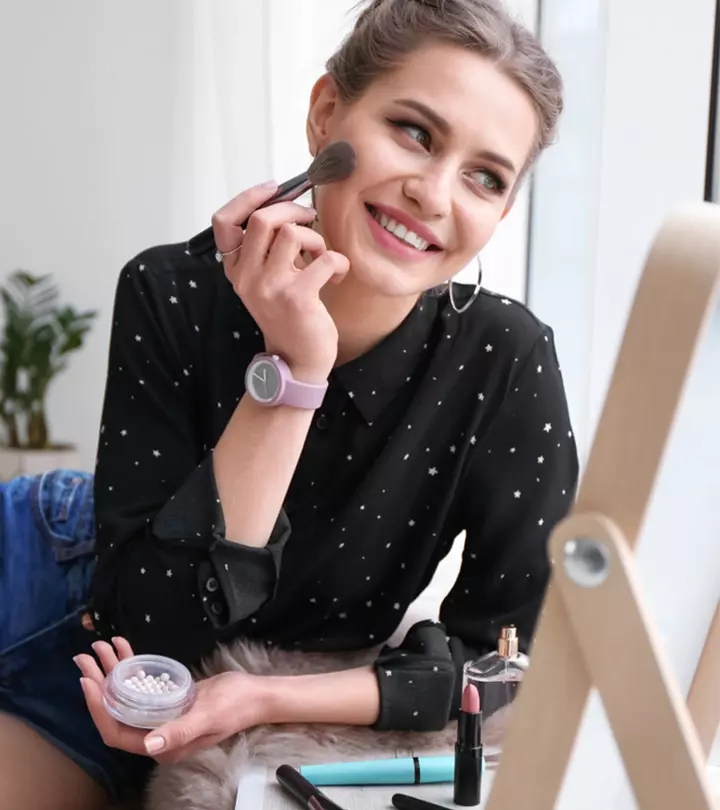
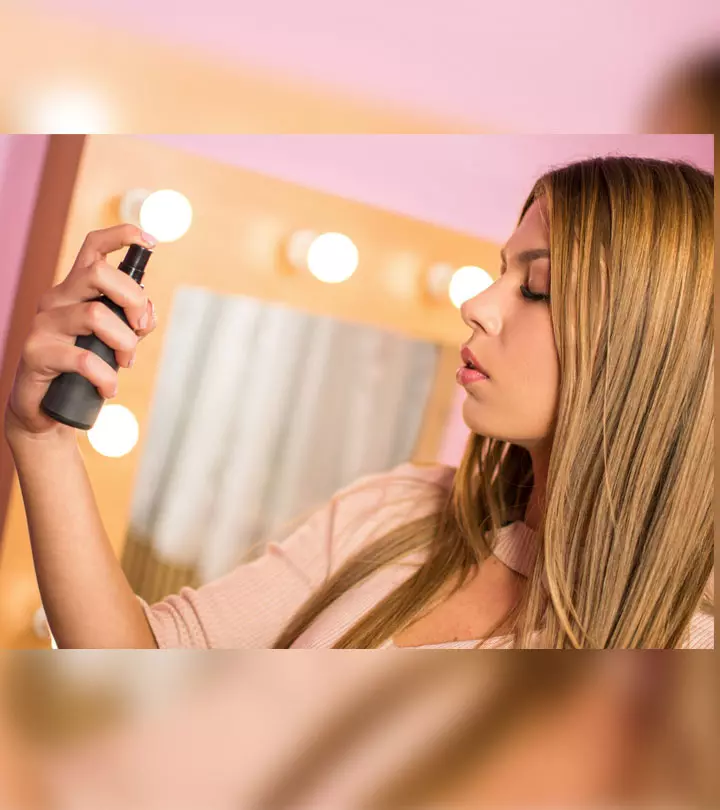
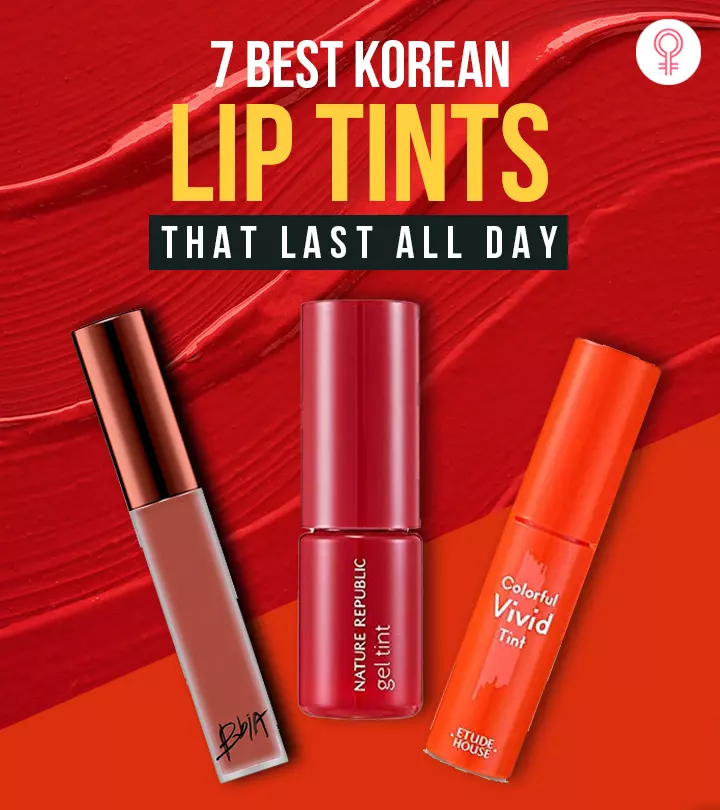
Community Experiences
Join the conversation and become a part of our empowering community! Share your stories, experiences, and insights to connect with other beauty, lifestyle, and health enthusiasts.